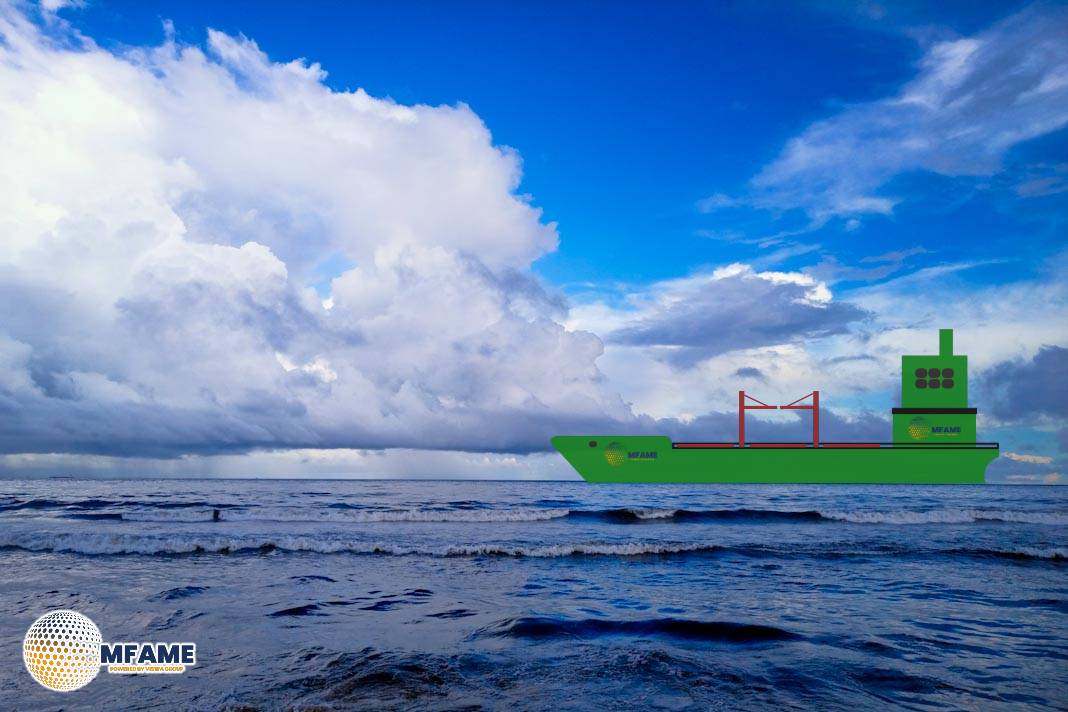The global dry bulk shipping market is currently experiencing a downturn, primarily due to a sharp and unexpected collapse in Capesize rates in the Pacific basin. These rates have plummeted by nearly 70% in just two weeks, falling to below $10,000 per day. This significant drop in the largest vessel segment has, in turn, begun to drag down the broader dry bulk market, with the average spot index now hovering around $15,000.
Capesize and Panamax Market Dynamics
The Atlantic basin continues to be the strongest region for Capesize vessels. However, this relative strength is anticipated to attract a significant inflow of tonnage, which could subsequently exert downward pressure on spot rates within the region.
In contrast, Panamax rates have demonstrated resilience during this period. The Panamax index is currently flat year-over-year, and the futures market indicates expectations of further gains. A weakening U.S. dollar is increasing the appeal of commodities to emerging markets, a trend that could sustainably support Panamax demand due to their more diversified cargo portfolios. Despite the conventional wisdom that summer is a slower period for dry bulk shipping, the current environment of commodity price volatility and heightened foreign exchange fluctuations could act as a catalyst for increased dry bulk activity in the coming months.
Iron Ore: Defying Fundamentals
Iron ore prices have shown remarkable stability, trading within a narrow range for several months, despite significant volatility across most other major commodity markets. However, this stability appears unsustainable given the underlying fundamentals.
Demand Side: Sentiment remains bearish, largely influenced by developments in China. Steel production in China is constrained by increasingly stringent efficiency measures and subdued domestic demand growth, particularly from the property sector. This makes a near-term rebound in global iron ore demand unlikely.
Supply Side: The market is poised for a significant increase in supply. Record-high exports from Brazil and consistently strong shipments from Australia are expected to be further augmented by new high-grade iron ore production from West Africa by the end of 2025. This includes major projects like Guinea’s Simandou mine, set to add 120 million tonnes of capacity, and ArcelorMittal Liberia’s new concentrator, which will transform lower-grade ore into high-grade concentrate, with first high-grade shipments expected in late 2025. Other projects like Cameroon’s Grand-Zambi iron ore deposit are also targeting first exports in August 2025. This growing supply backdrop creates one of the most unbalanced market outlooks in recent years.
While temporary price support might arise from weather-related disruptions, the overall trajectory for iron ore prices appears to be downward. Nonetheless, both spot and futures prices continue to hover just below the critical $100/ton threshold, a stability that is largely expected to be temporary.
Did you subscribe to our daily Newsletter?
It’s Free Click here to Subscribe!
Source: Breakwave Advisors
















